Rabobank’s 10 big ideas
- Adopt big data in US agriculture
- Close yield gap in Central and Eastern Europe
- Improve China’s domestic food security
- Strengthen trade links between South America and Asia
- Invest in local storage in sub-Saharan Africa
- Capitalise on Brazil’s grain, oilseed and animal protein potential
- Improve meat and seafood availability in China through cold chains
- Grow aquaculture to realise tilapia potential in Latin America
- Lift dairy production in India
- Raise sugarcane productivity in Brazil
Global soft commodity output could be dramatically increased by the adoption of 10 innovation-driven ideas, claims a new Rabobank report.
Food and agribusiness (F&A) confidence was being challenged by an operating environment characterised by slow growth, soft demand and ample supply, but the sector had a bright future, argued the bank in a report this week.
Entitled ‘Unleashing the potential for Global F&A’, the report set out 10 ideas it claimed could bring increases by 2025 including: 20 million tonnes of US corn, soybeans and wheat; nine million tonnes of Central and Eastern European grain; and a 10% improvement in China’s grain self-sufficiency.
Innovation would be key to the future of agribusiness, said Rabobank Group CEO Wiebe Draijer, but leadership would be essential. “This leadership will come from CEOs of F&A companies, investors in global F&A, from scientists, government experts, NGOs, international networks, and from international commercial and institutional banks,” he said.
The report argued that harnessing innovation would require a shift in mindsets, and that though global F&A had changed a lot in the past decade, there was still a reluctance to accept change.
It suggested innovation should be focused in two areas: basic research and development; and new business models to accelerate take-up of technologies and practices in ways that better manage risk and better align investments and returns.
“The question ‘Can the world feed its nine billion people sustainably in 2050?’ is generating much debate,” said Draijer, “We believe the answer is a resounding yes. The question is not if the world can feed itself by 2050, but how.”







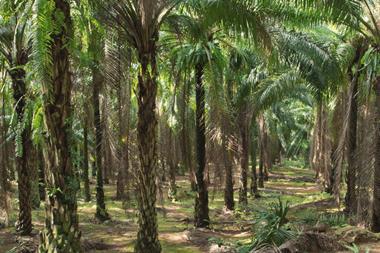


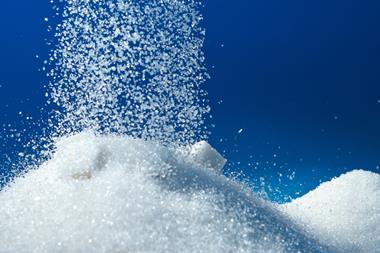
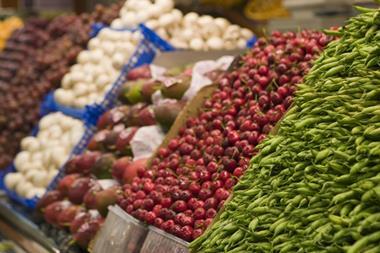
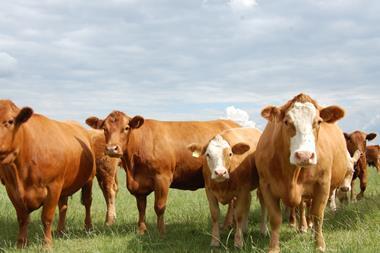
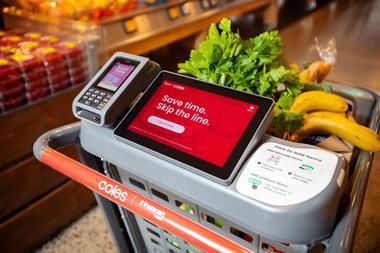





No comments yet